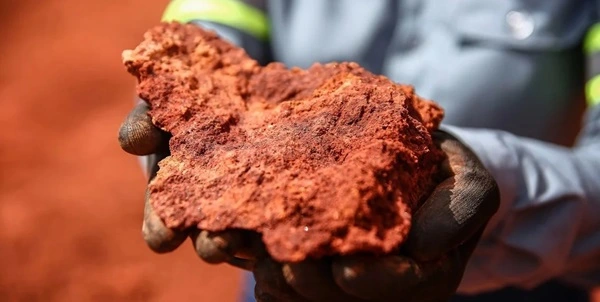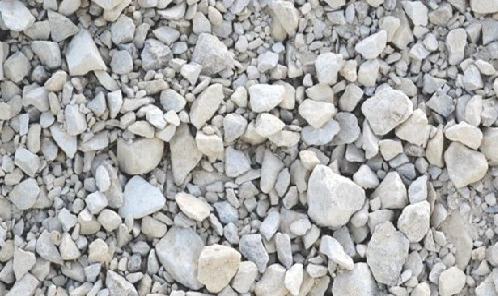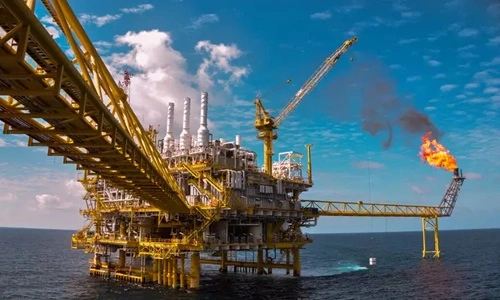India has an estimated reserve of about 830 million tonnes of bauxite. Although bauxite is often mistaken for a mineral, it is a rock that is the primary source of aluminum ore. It is the sole ore utilized for the production of aluminum at a large scale. A considerable portion of bauxite is formed from the desilication of clays. The alumina-rich constituents of igneous rocks tend to weather clay more conveniently than the mica and chlorite of the phyllites.
Bauxite is a byproduct of weathering, and its name is derived from its first area of study. It has been divided into two types: laterite and terrarossa. The laterite type bauxite is formed in situ from crystalline rocks and is abundant in gibbsite. In contrast, the terra rosa-type bauxite overlies limestone or dolomite and is notably rich in bochmite.

Let us know more about highest bauxite-producing States
1. Odisha
Odisha is one of the largest bauxite-producing states in India, relying for nearly half of the nation’s total output. It contributes to 76% of the entire bauxite production in India. The state has evaluated 1,5500 million tons of viable resources, with the maturity located in Kalahandi, Koraput, and Baragarh. The two largest high-grade bauxite reserves are in Panchpatmali (Koraput quarter) and GandhaMardan (Baragarh quarter). Most of the country’s mining companies operate in the state.
2. Jharkhand
Jharkhand has around 1.08 billion tonnes of bauxite reserves spread across the Singhbhum, Kolhan, and Santhal Pargana regions. The Kodilcha village mines in the West Singhbhum district meet around 5% of the country’s demand. The state has an annual production of 2700 million tonnes. The state is facing tough government regulations due to illegal land acquisitions and environmental factors, but it is still the second-largest country in India’s Bauxite production.
3. Gujarat
Gujarat is home to around 62 million tonnes of bauxite reserves located primarily in Panchmahal, Dahod, and Vadodara. Large mines in the region are operated by companies similar to Gujarat Mineral Development Corporation. It produces 1500 million tons of bauxite annually. Gujarat stands out as one of the top bauxite-producing countries in India, owing to its significant bauxite reserves and well-established mining structure. The state’s areas, Kutch and Jamnagar, host several bauxite mines that contribute mainly to India’s bauxite production. Gujarat’s visionary approach towards sustainable mining has further boosted its bauxite sector.
4. Chhattisgarh
Chhattisgarh is another state known for its bauxite products in India. It accounts for over 600 million tonnes of the reserve and produces 1300 million tons annually. The state’s mineral-rich grounds are pivotal contributors to India’s bauxite production. The state boasts bauxite deposits in regions like Surguja, Korba, and Raigarh, which fuel the original aluminum manufacturing sector. Chhattisgarh’s focus on sustainable mining practices and environmental conservation has underlined its commitment to responsible bauxite mining.
5. Maharashtra
Maharashtra is the fourth-largest bauxite producer in India, generating 10 of the country’s overall bauxite products. The state’s total recoverable reserves amount to around 280 million tons. The greatest deposits are found in the Kolhapur district, where the plateau basalts are capped. Rich deposits with an alumina concentration of 52% to 89% may be found in the Udgeri, Dhangarwadi, Radhanagari, and Inderganj regions of the Kolhapur district.
Conclusion
India’s bauxite sedulity continues to thrive, supported by the significant contributions of states like Odisha, Gujarat, Maharashtra, and Andhra Pradesh. These states retain abundant bauxite reserves and are committed to sustainable mining practices and responsible resource application. As India strengthens its position in the global request, the part of these top bauxite-producing states remains vital in sustaining the country’s bauxite mining sector and driving its artificial development.
FAQs
Q: How is bauxite formed?
Ans: The weathering of aluminous rocks mainly forms bauxite deposits. Some deposits are transported to their current places, but the majority are residual accumulations from which most of the parent rocks’ factors, except alumina, have been filtered.
Q: Is bauxite on the periodic table?
Ans: Bauxite isn’t set up on the periodic table as it’s a complexion mineral that contains numerous elements that are similar to iron, silicon, titanium, sulfur, gallium, chromium, vanadium oxides, as well as sulphuric calcium, iron, and magnesium carbonates, and colorful aluminum hydroxide variations. In other words, an average bauxite contains about half of the periodic table’s elements.
Q: Which type of mining is used for bauxite?
Ans: Bauxite is usually excavated via open-cast mining, and the methods employed vary significantly depending on the region. The deposits are almost always found close to the surface.
Q: How do you identify bauxite?
Ans: On the Mohs scale, the hardness ranges from 1 to 3. It has a pisolitic shape, an earthy luster, and a low specific gravity of between 2.0 and 2.5. The mineral appears white to grey to reddish-brown.
Related Topics
- Top 5 Silver Producing States In India
- Top 5 Copper Producing States In India
- Top 5 Iron Ore Producing States in India
- Top 5 Mica Producing States In India

